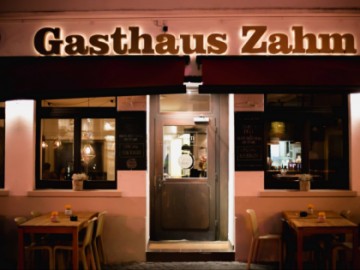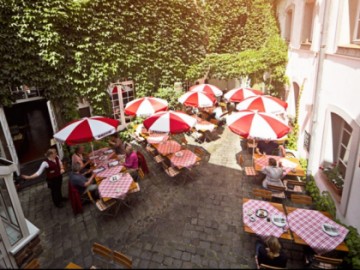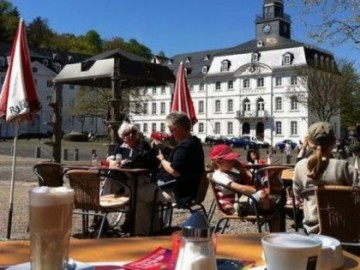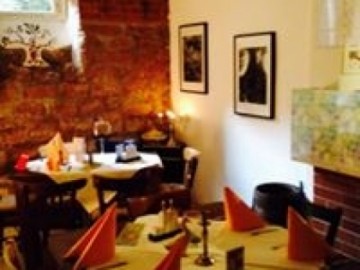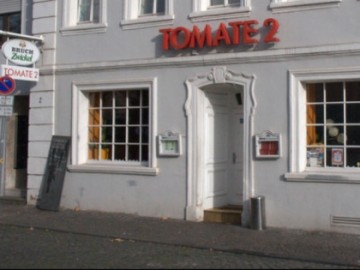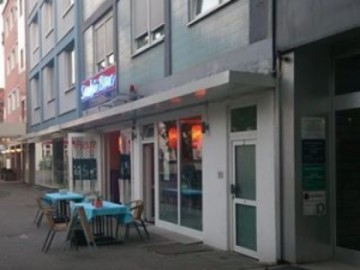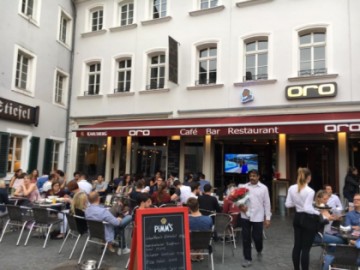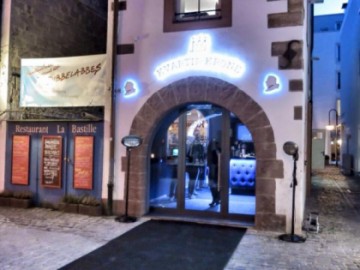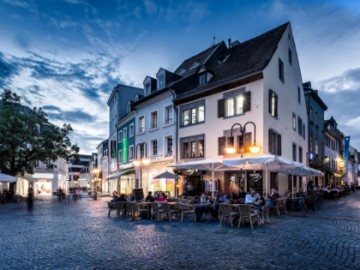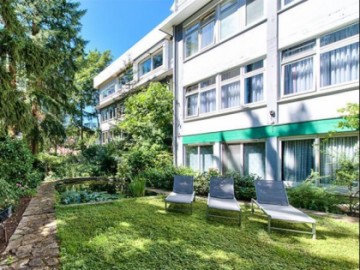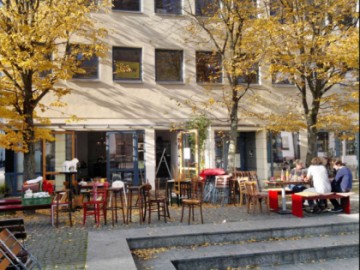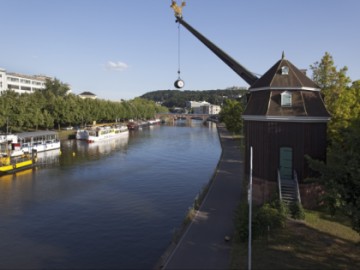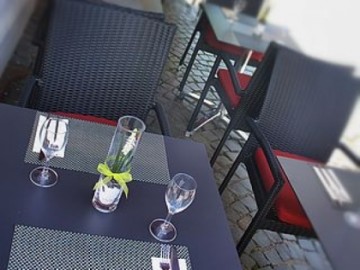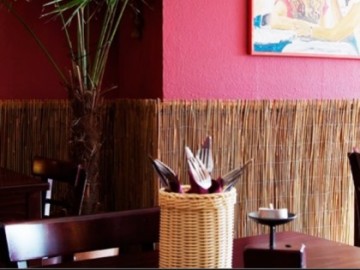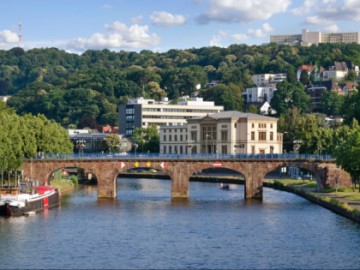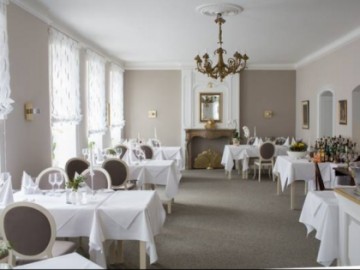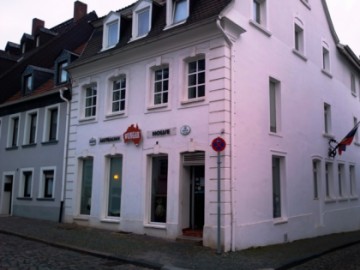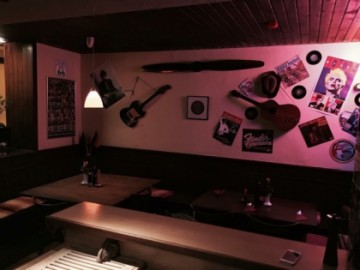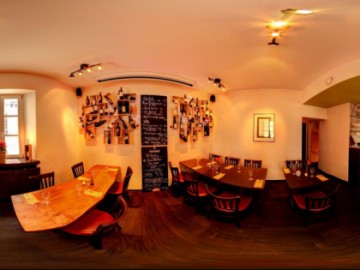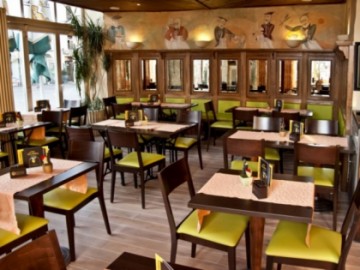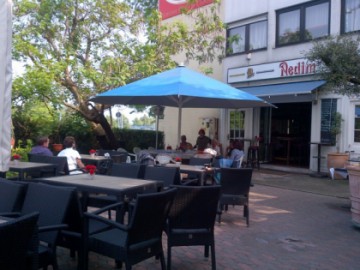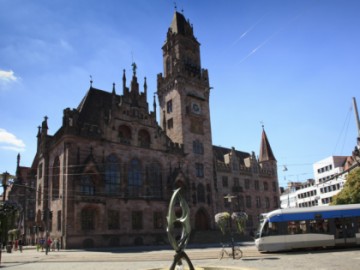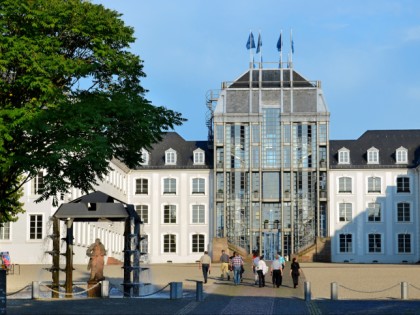Saarbruecken Castle
The spectacular black and white building of Saarbrücken Castle is located in the central part of the city, on the left bank of the river Saar. The first castle on this site is mentioned in historical sources of 999 under the name of Castellum Sarabrucca. In the XVII century the medieval castle was rebuilt in the Renaissance style. Later, it was taken down and only the underground part was preserved.
Learned Prince Wilhelm Henry von Nassau-Saarbrücken came to power in Saarland in the middle of the XVIII century. His name is associated with many progressive reforms. The years of his reign were marked by a large-scale reorganization of Saarbrücken among others. Architect Friedrich Joachim Stengel, a recognized master of the Baroque, was invited to the city for this purpose. By 1748 he had built magnificent baroque palace on the site of the former castle. The palace had a square shape with one open side facing the city.
By the beginning of the XIX century, Saarbrücken Castle was badly damaged during the French Revolution, it lost the status of the prince's residence and was used as a residential building for nearly a century until the city authorities bought the former premises of the castle for their needs. The Second World War dealt another blow to the former splendor of Saarbrücken Castle. By the 60-s of the XX century, the castle appeared in such a deteriorated condition that at one time its complete demolition became an issue of discussion. Fortunately, the winning point of view suggested that the castle should be restored by adding contemporary elements.
Famous contemporary architect Gottfried Böhm was entrusted with the implementation of this plan. He came up with a bold move - to restore the long ago destroyed central pavilion of glass and metal. The restoration work was completed in 1989 and Saarbrücken Castle now surprises with its magnificence. Now it is Saarbrücken’s municipality and the additional buildings and the basement house the halls of the historical museum.

